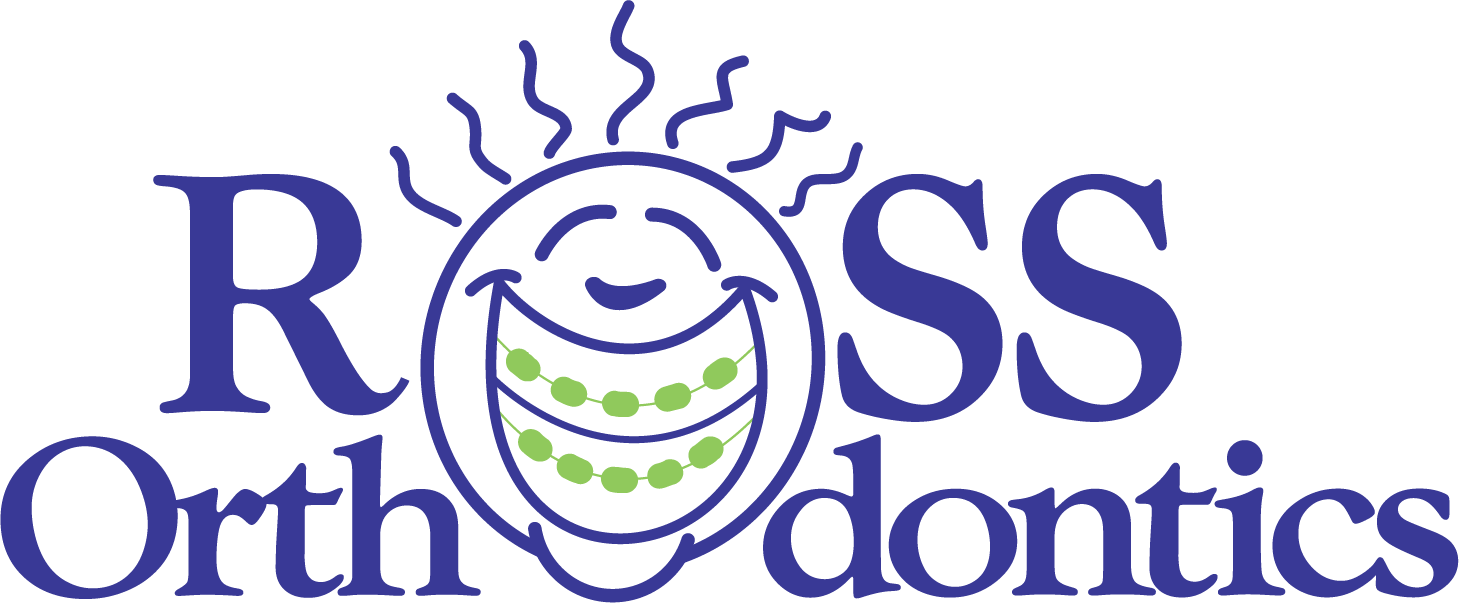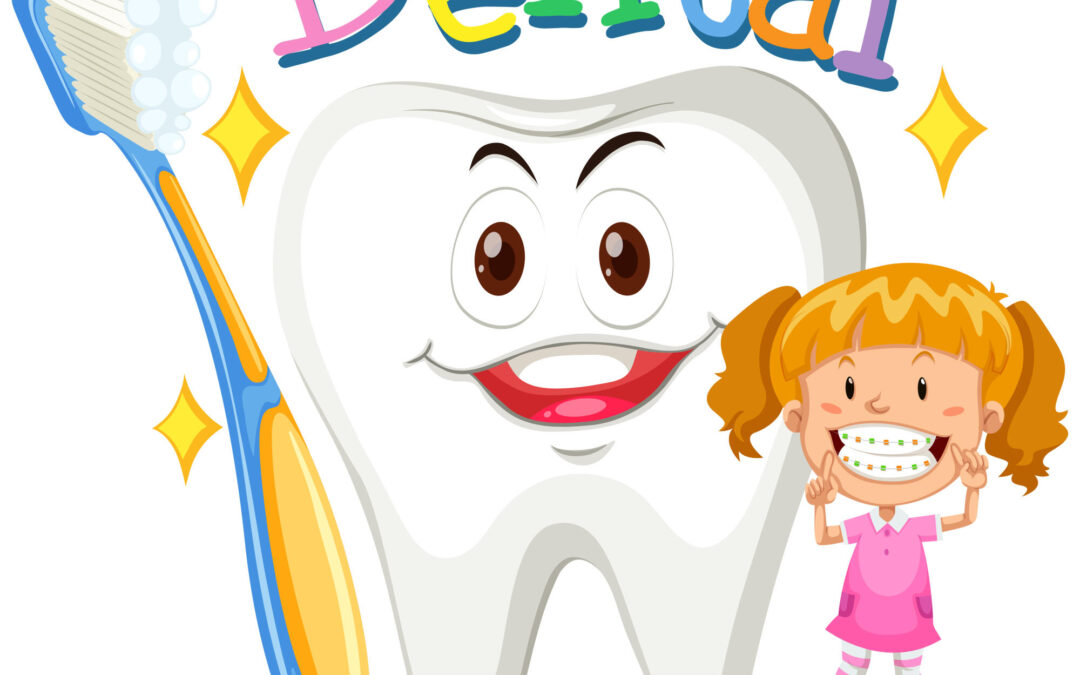According to the website Gitnux, an estimated five to seven in 10 U.S. children will wear braces before they become adults.
Contrary to popular belief, though, braces for kids aren’t just for cosmetic reasons. Instead, they help kids develop a healthy mouth and jaw, proper bite, and facial structure.
So, as a loving parent, you may wonder what happens during and after orthodontic treatment for children. Rightly so, considering that your kid’s braces journey may take several months, perhaps even a few years.
To that end, the experts at Ross Orthodontics in Greenville, NC, created this guide discussing what parents and their little ones can expect during the braces treatment process. So please read on, as what you learn here can help you and your child prepare better for the journey ahead.
The First Orthodontics Screening Process
The first step in your child’s braces journey is undergoing orthodontic screening once they’re seven. According to the American Association of Orthodontists (AAO), kids typically have enough permanent teeth at this age. As a result, a highly experienced AAO orthodontist, such as Dr. Dennis P. Ross, can spot problems that indicate the need for braces.
During this part, your child’s orthodontist will identify potential issues, such as:
- Early or delayed loss of baby or primary teeth
- Speech difficulties
- Jaw and teeth misalignment
- Biting and chewing problems
The orthodontist will also ask if your child sucks their thumb. While this habit is typical for babies and toddlers, the American Dental Association (ADA) says kids usually outgrow it by the age of two to four. Prolonged thumb sucking can affect the mouth’s development and teeth alignment, which is why it’s crucial to tell the dentist about this.
Phase 1 Treatment
If your child’s orthodontist finds any problem listed above, they may recommend Phase 1 treatment, also called “pediatric orthodontics.” Here, the dentist will consider your little one’s remaining baby or primary and future adult teeth.
Depending on your little one’s specific oral concerns, the orthodontist may recommend:
- Reshaping the upper jaw, lower jaw, or both to fix an improper bite or address crowding
- Using a space maintainer, an oral appliance that helps ensure there’s enough space for adult teeth to erupt
- Using a palatal expander, an orthodontic appliance that gently and gradually expands the jaw
Phase 1 treatment aims to ensure your child’s mouth has adequate space and that their teeth and jaws are in more optimal positions. Doing so helps improve your kid’s chances of a successful Phase 2 treatment. For the same reason, your little one may not have to wear braces during Phase 1, but if they do, they would only be partial, usually the fixed, metal type of braces.
Phase 2 Treatment
Phase 2 treatment is when your child will start wearing braces. The orthodontist will recommend starting Phase 2 once all your child’s permanent teeth erupt. So, the ideal age for this part of orthodontic treatment is between eleven and fifteen years.
You and your little one can expect the orthodontist to perform the following steps during this stage.
Explain the Best Types of Braces for Your Child’s Needs
First, the orthodontist will discuss the types of braces best suited for your child.
First, we have the traditional metal braces – stainless steel brackets joined together by a metal wire. Rubber bands or elastics, available in different colors to appeal to youngsters, hold the brackets and wire together. They’re typically the most affordable and often crucial to addressing more complex cases that clear aligners can’t fix.
If your child wants something more subtle, the orthodontist may recommend these alternatives:
- Rhodium braces with rhodium-coated brackets that are less reflective than stainless steel
- Iconix braces, the brackets of which are less noticeable and more elegant-looking with their champagne-gold color
- Ceramic braces, also called “clear braces,” with tooth-colored ceramic brackets
Please note that ceramic braces are much less durable than metal ones, so they’re often better for adults and older children. Yes, you read that right: Adults can have braces too!
Schedule Appointments
The orthodontist will inform you how often your child should visit for appointments. For traditional braces, orthodontist visits are typically every four to eight weeks.
During these appointments, the orthodontist may perform one or more of the following:
- A thorough dental checkup
- Evaluate the treatment’s progress
- Adjust the brackets and wires
- Replace the wires
- Put new rubber bands or elastics in
Your child’s orthodontist will also look for signs of other problems, such as tooth decay. According to the CDC, tooth decay is prevalent in children and can lead to issues in how they eat, play, learn, and speak. So, if the orthodontist finds any cavity in your child’s teeth, rest assured they’ll treat it ASAP.
Recommend Retainers and Annual Visits
Most orthodontic treatments take around two years to complete. Once your child’s braces are off, their orthodontist may ask them to wear removable retainers indefinitely. Depending on your little one’s treatment plan, they may have to wear it every day or at night.
Retainers help keep straightened teeth in place, so please ensure your child wears them as instructed.
The frequency of orthodontist appointments will also change once your child’s braces are off. Your little one’s dentist will inform you how often they will be, but once-a-year visits usually suffice.
During these visits, the orthodontist will ensure that your kid’s teeth are still straight and in optimal positions. Likewise, they’ll look for and treat general oral health problems, such as cavities and gum disease.
Invest in Braces for Kids to Protect Your Child’s Smile
Your little one deserves all the best, so consider investing in dental braces for kids. By having their teeth and jaw aligned while they’re still young, you can help protect their smile now and even when they’re adults.
If you and your little one are ready for the lifelong benefits of having properly aligned teeth and jaws, the expert team at Ross Orthodontics in Greenville, NC, is happy to help! Our orthodontist, Dr. Dennis P. Ross, has provided high-quality orthodontic care since 1991. We’ll use our 170 years of combined experience in orthodontic care to meet your family’s oral health care needs.
Connect with us today to learn how Ross Orthodontics can help transform your family’s smiles!


